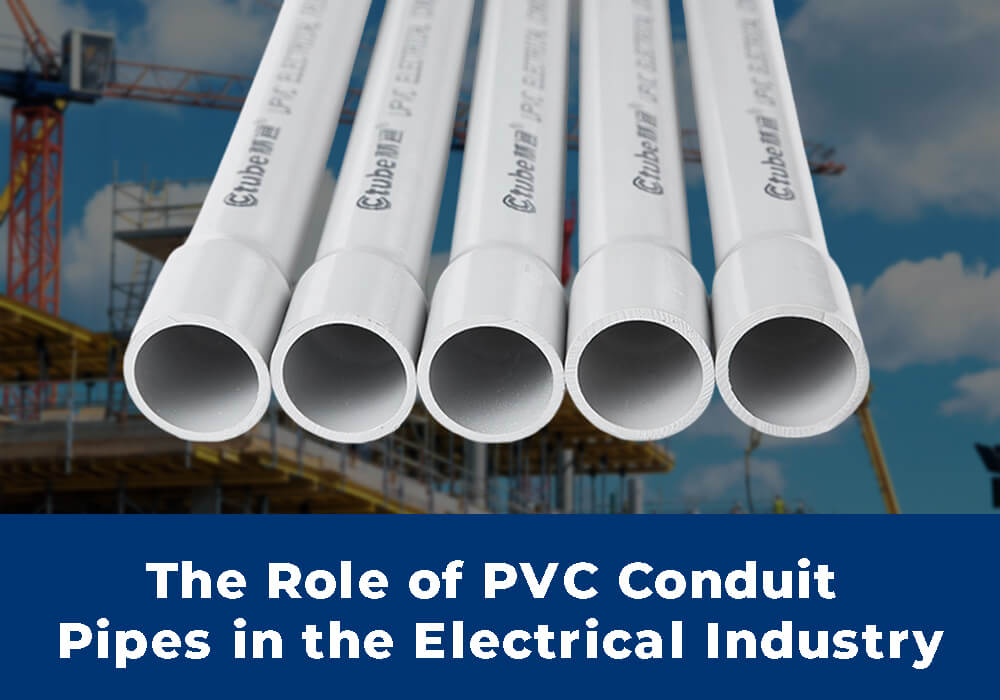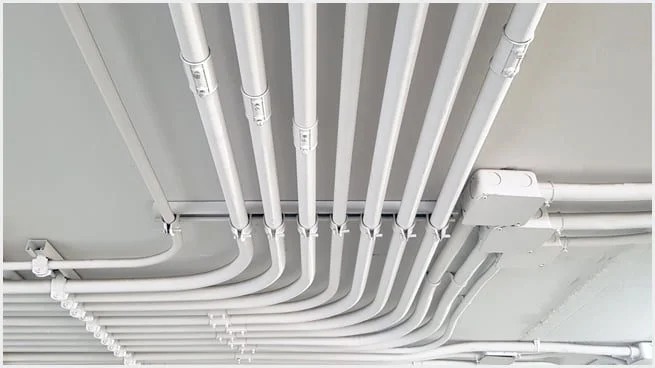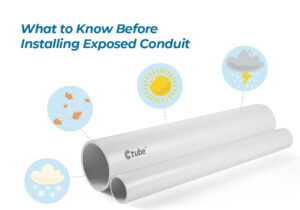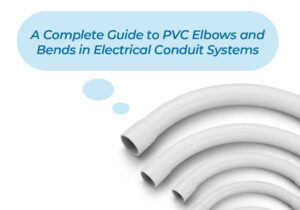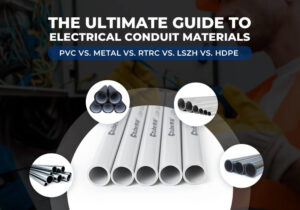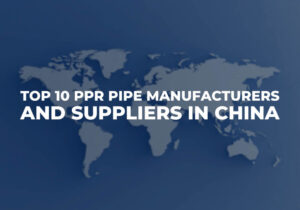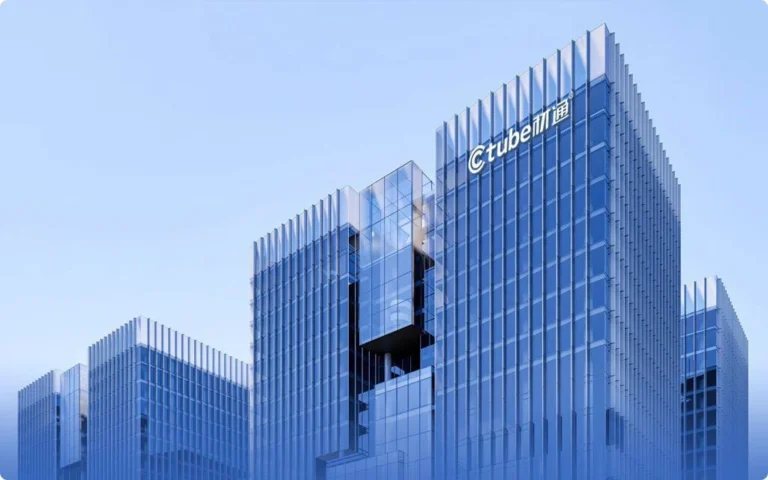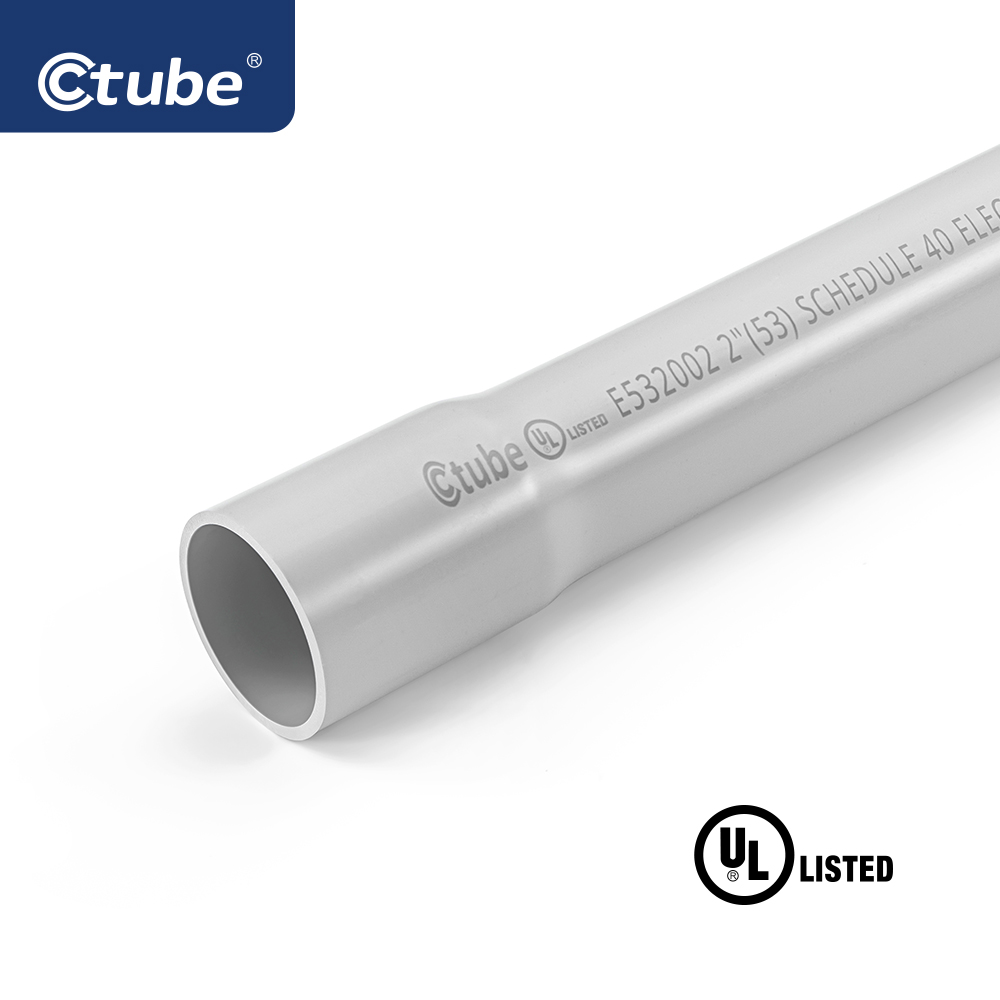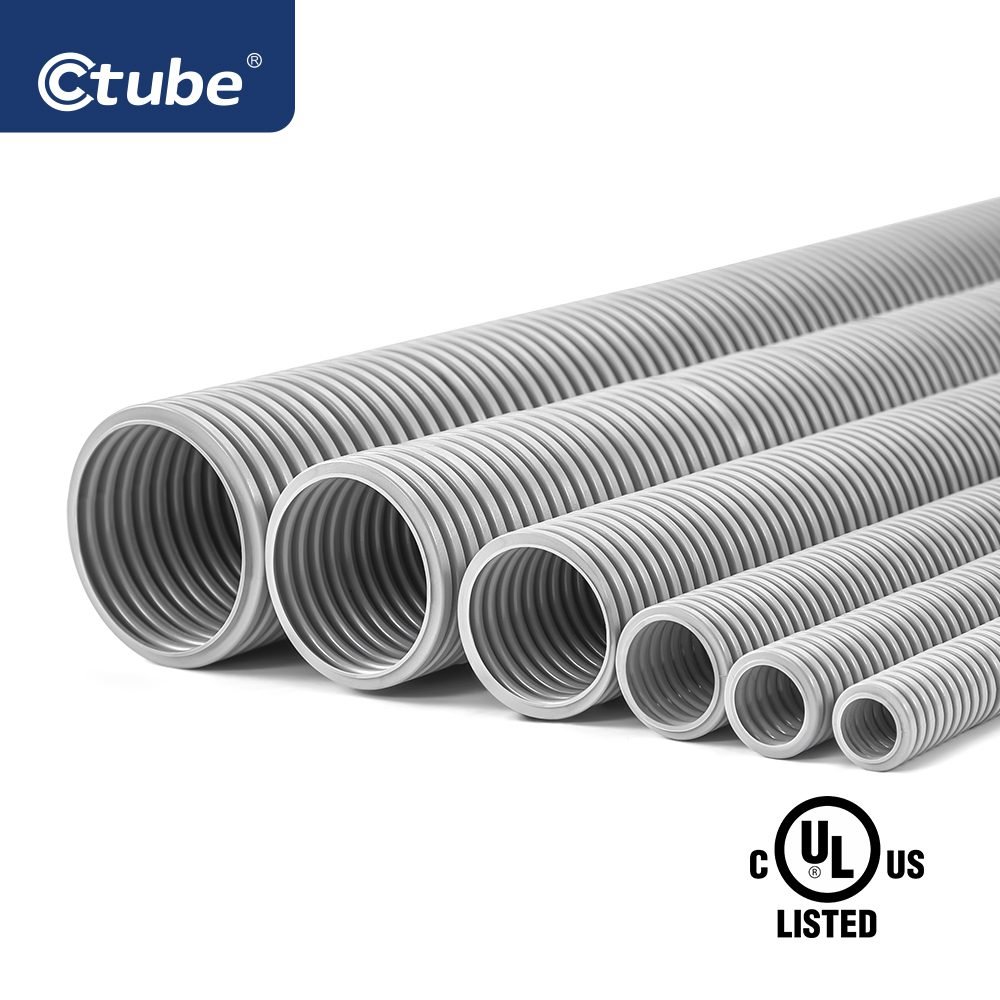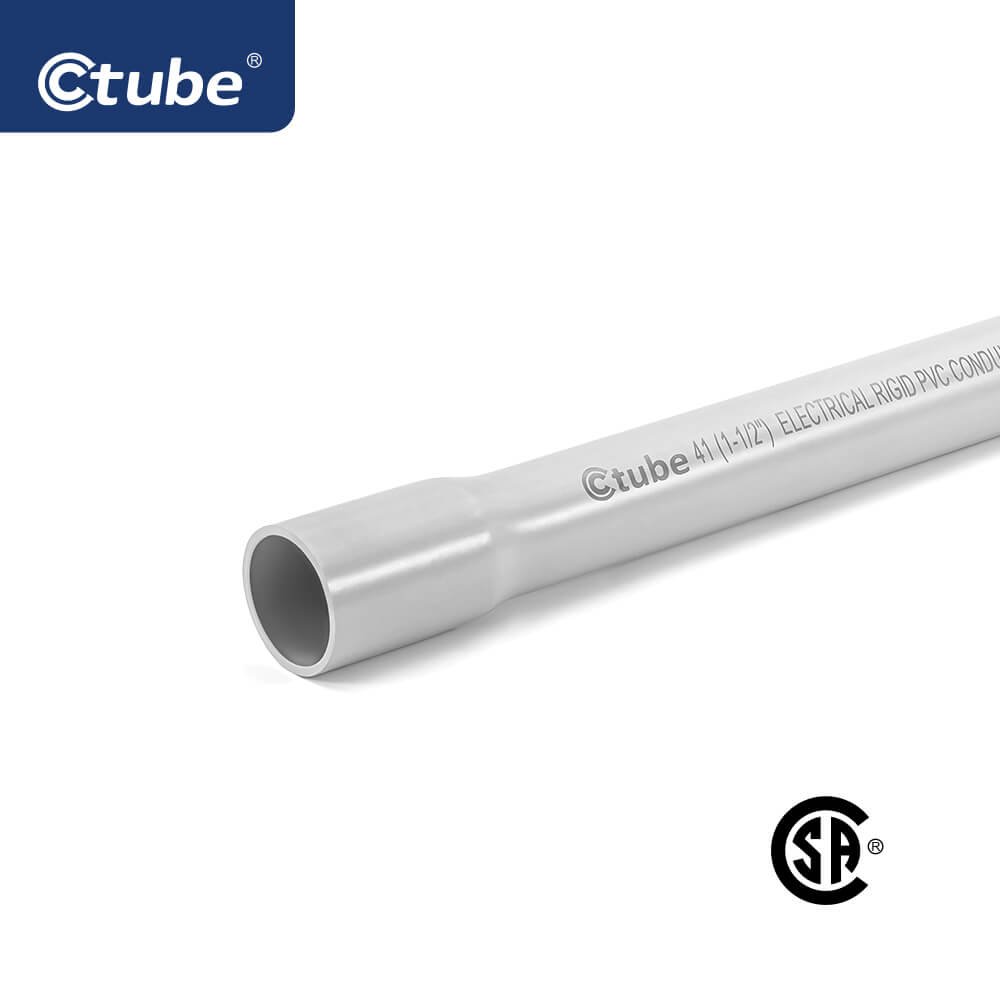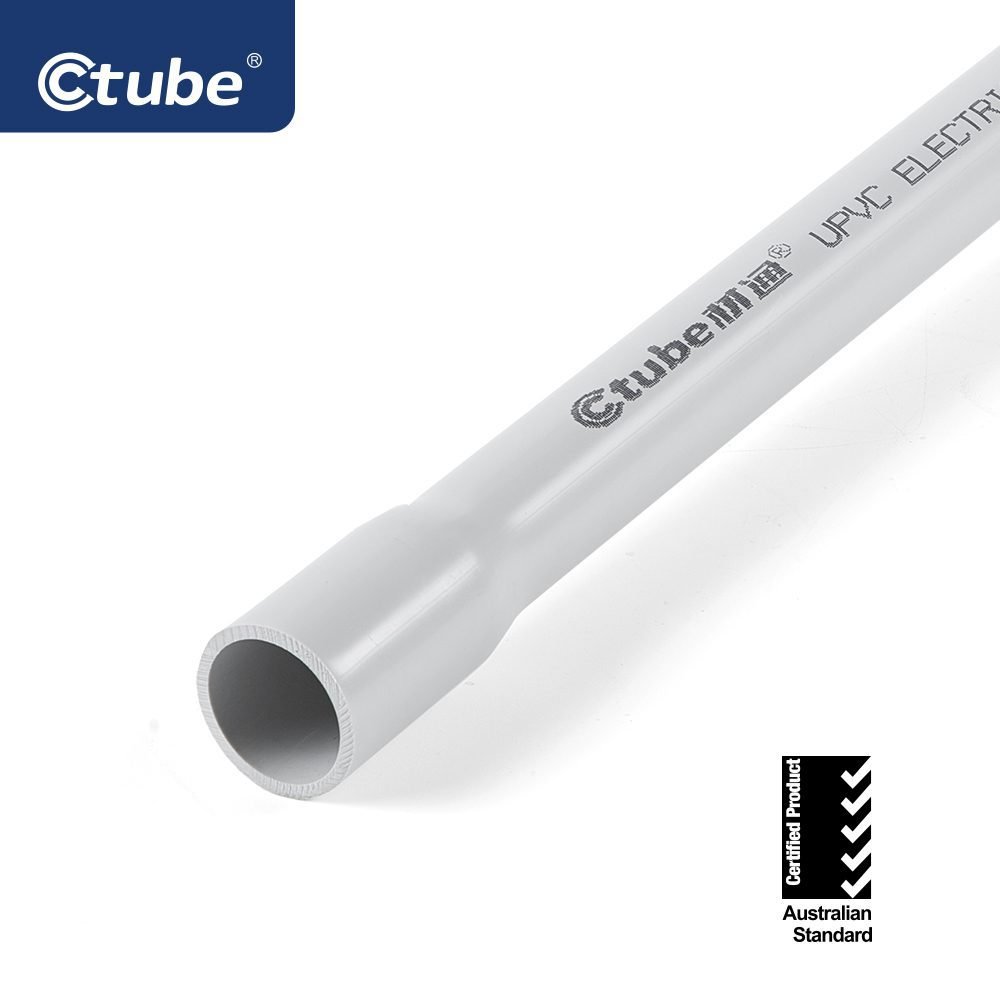PVC conduit pipes are an essential component of electrical installations, providing protection for electrical wires and cables while also enabling their easy routing in buildings and structures. With the increasing demand for electricity in modern society, the importance of conduit pipes in ensuring safe and efficient electrical wiring cannot be overstated. In this article, we will explore the role of PVC conduit pipes in the electrical industry, including their advantages, types, applications, installation and maintenance, and future developments.
Advantages of PVC Conduit Pipes
PVC conduit pipes offer several advantages over other materials used in electrical installations. Firstly, they are highly durable and strong, with the ability to withstand heavy impacts without cracking or breaking. They are also resistant to corrosion and chemicals, making them ideal for use in harsh environments. Secondly, PVC conduit pipes are lightweight and easy to install, which can save time and money during installation. Finally, they are cost-effective, making them a popular choice for both residential and commercial electrical installations.
Types of PVC Conduit Pipes
There are several types of PVC conduit pipes, each with its own unique properties and applications. Rigid PVC conduit pipes are the most common type, and they are often used in residential and commercial installations. They are available in a range of sizes and are typically used for exposed or surface-mounted installations. Flexible PVC conduit pipes are another type, which are ideal for installations that require flexibility or movement. They are often used in tight spaces or where vibration is present. Finally, PVC coated conduit pipes are a type of rigid PVC conduit pipe that is coated with an additional layer of PVC for added protection against corrosion and abrasion.
Applications of PVC Conduit Pipes in the Electrical Industry
The primary application of PVC conduit pipes is the protection of electrical wires and cables from physical damage and exposure to the environment. They are also used to route electrical cables in buildings and structures, allowing for easy installation and maintenance. PVC conduit pipes are commonly used in underground and outdoor installations due to their resistance to corrosion and UV radiation. Additionally, they are required to be used in compliance with electrical codes and regulations, ensuring safe and efficient electrical installations.
Installation and Maintenance of PVC Conduit Pipes
Proper installation of PVC conduit pipes is critical to ensuring their effectiveness and longevity. Guidelines for proper installation include using the correct fittings, ensuring the conduit is securely fastened, and avoiding sharp bends or corners. Proper maintenance is also important to ensure the pipes continue to function correctly over time. This includes regularly inspecting the pipes for damage or wear, cleaning them as needed, and making any necessary repairs or replacements.
Future Developments in PVC Conduit Pipes
As with all industries, the electrical industry is constantly evolving and innovating. In the case of PVC conduit pipes, future developments may include the use of new materials, such as bio-based plastics or recycled materials, to make them more sustainable and environmentally friendly. Emerging trends and technologies in electrical installations, such as the use of smart devices and renewable energy sources, may also have implications for the role of PVC conduit pipes in the future.
PVC conduit pipes play a critical role in the electrical industry, providing protection and routing for electrical wires and cables in a wide range of installations. Their durability, resistance to corrosion and chemicals, and cost-effectiveness make them an attractive option for both residential and commercial applications. With the ongoing evolution of the electrical industry, it will be interesting to see how PVC conduit pipes continue to adapt and evolve to meet the changing needs of the industry.

